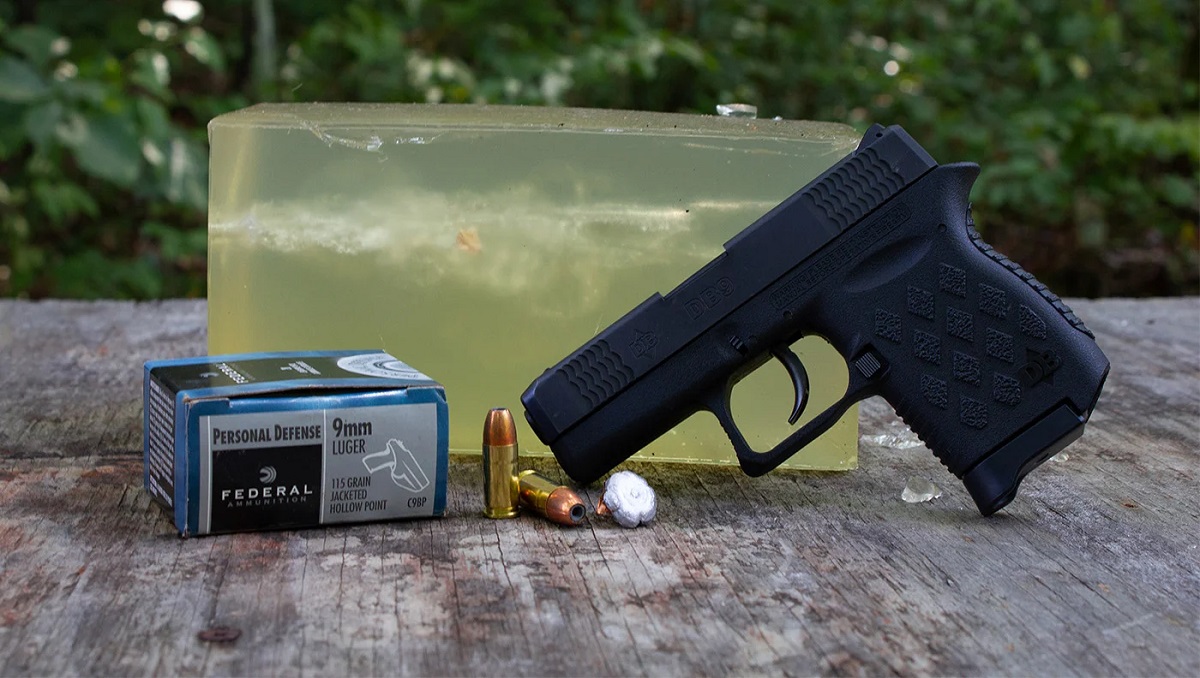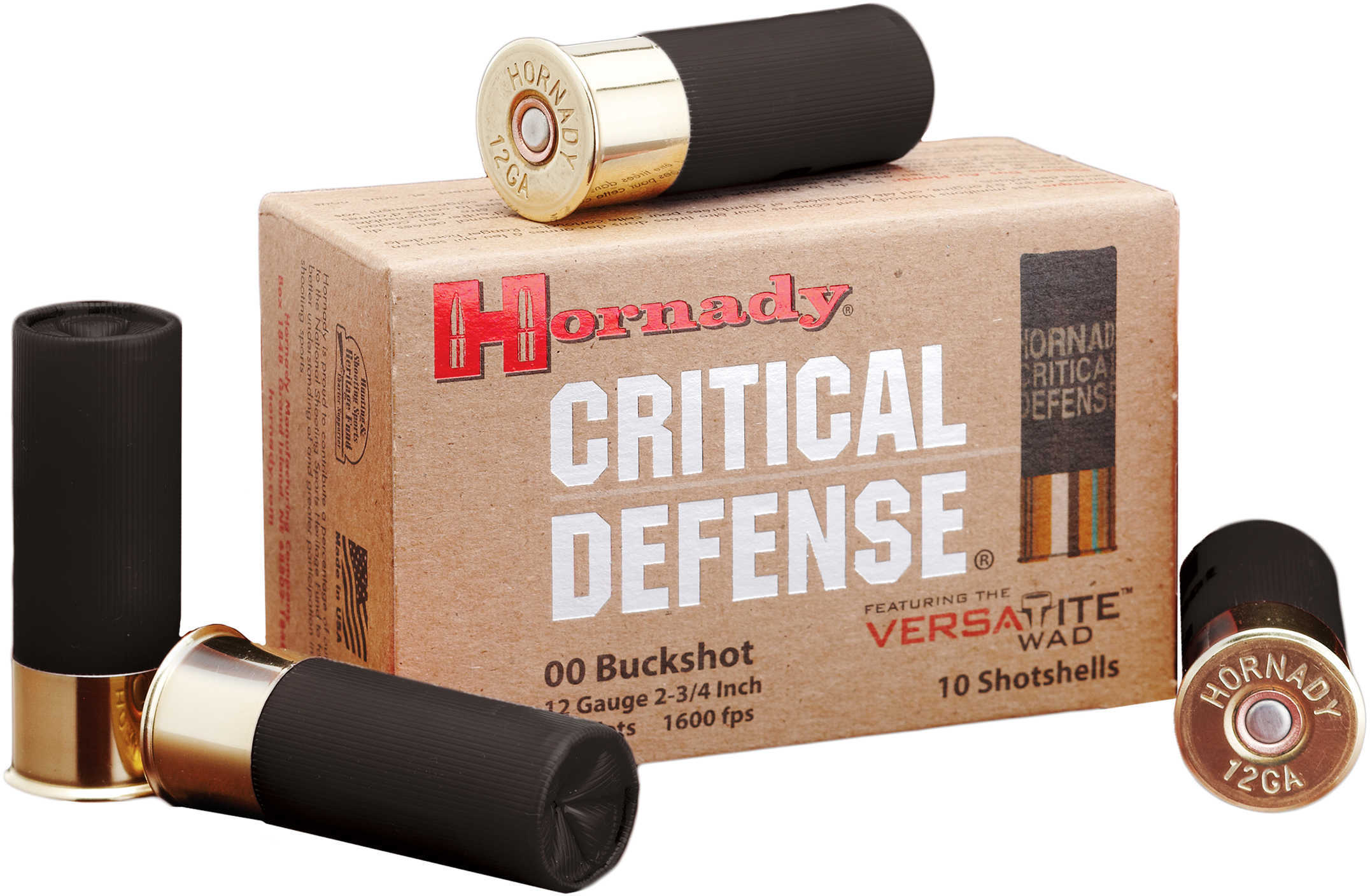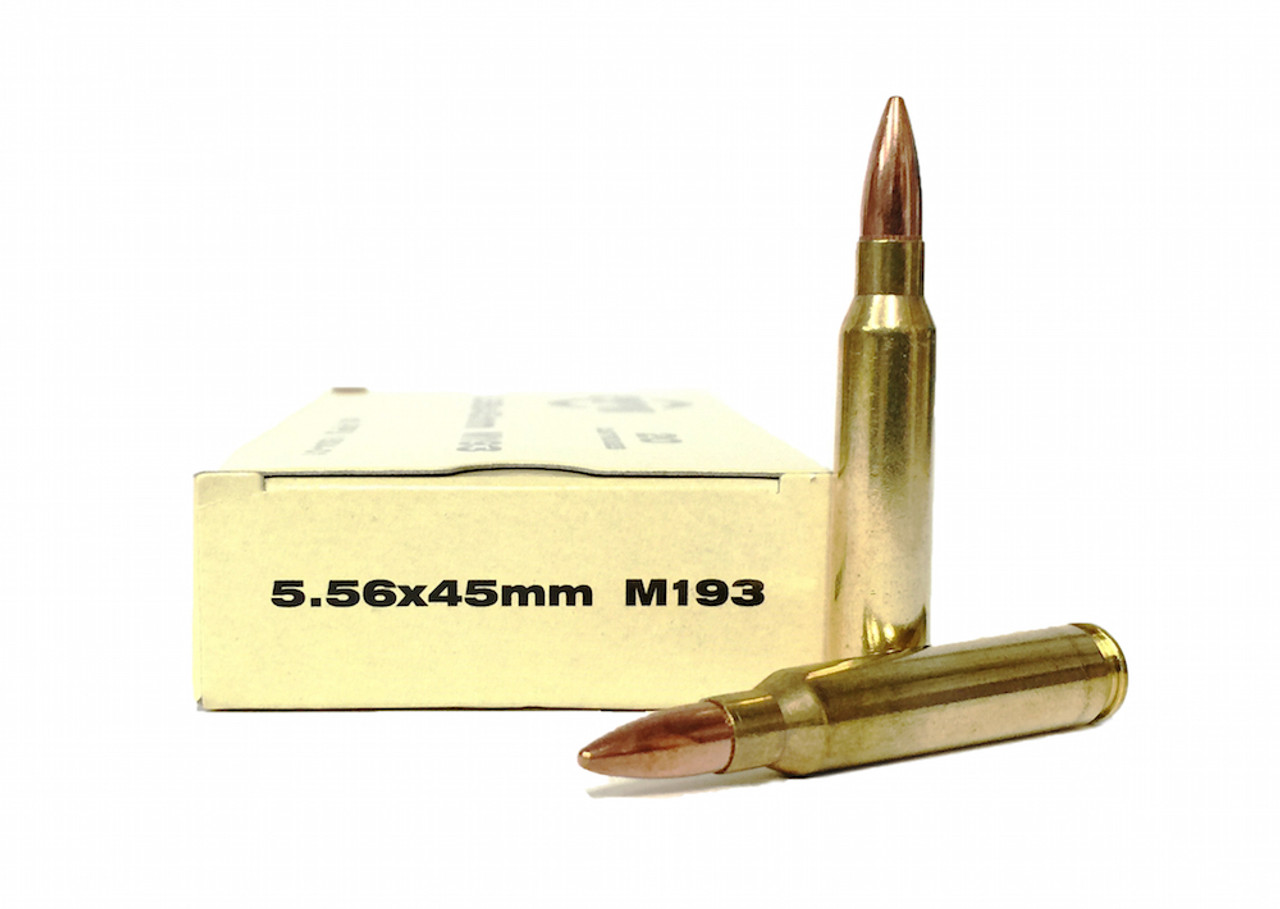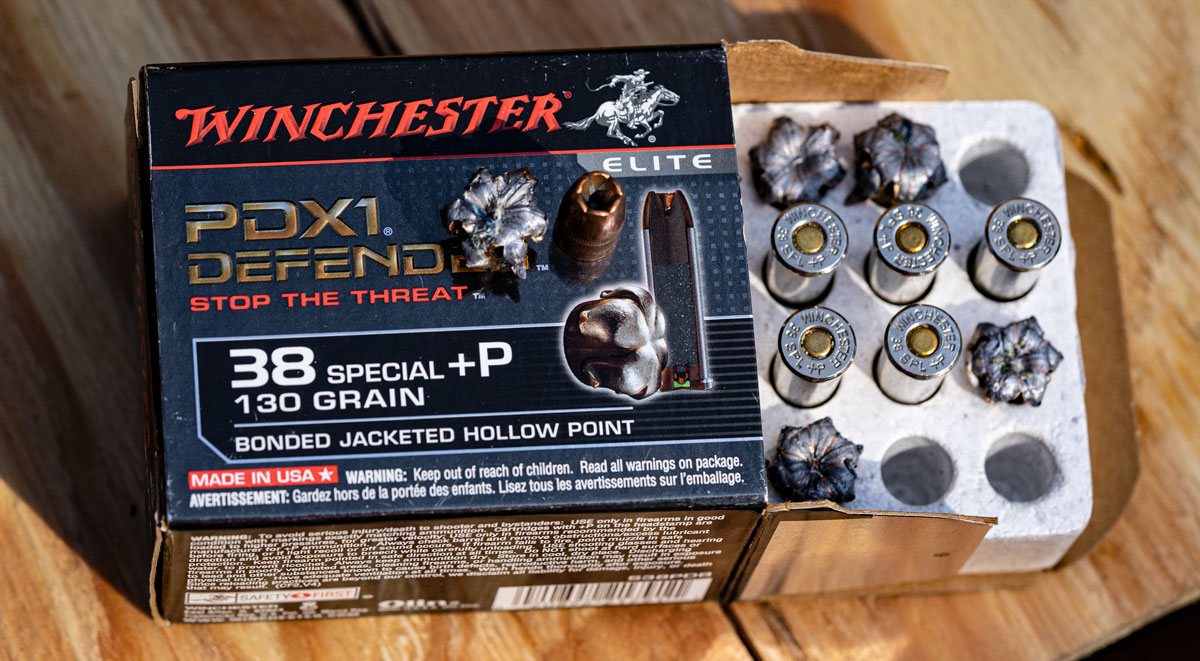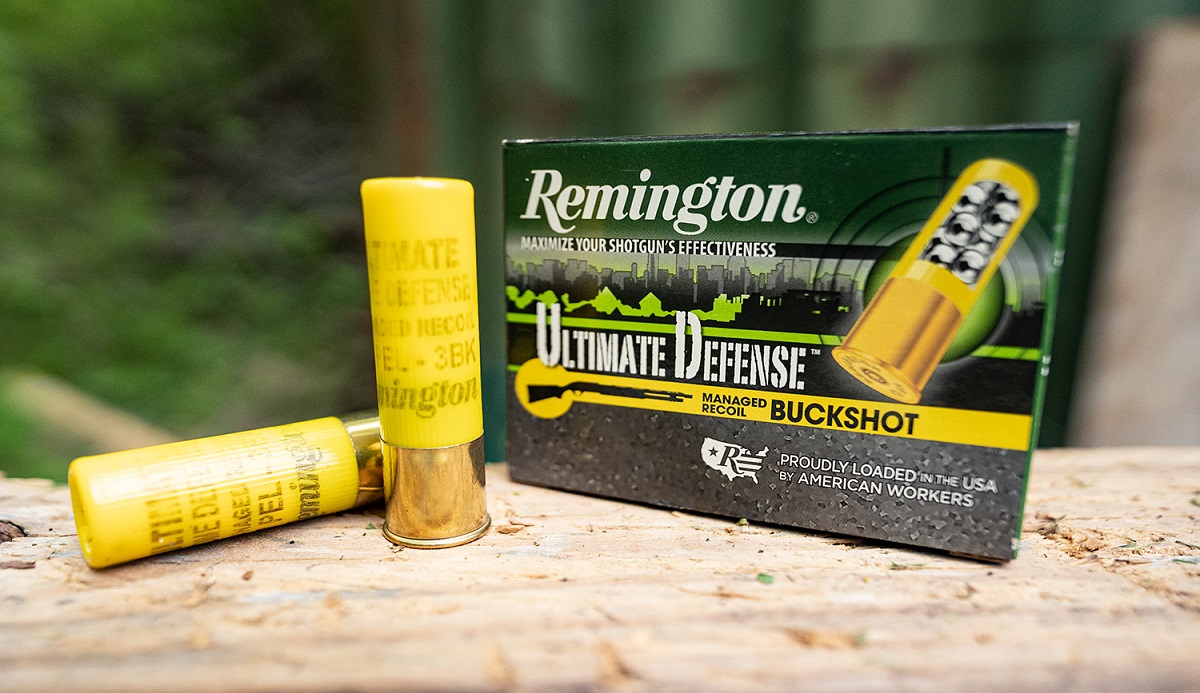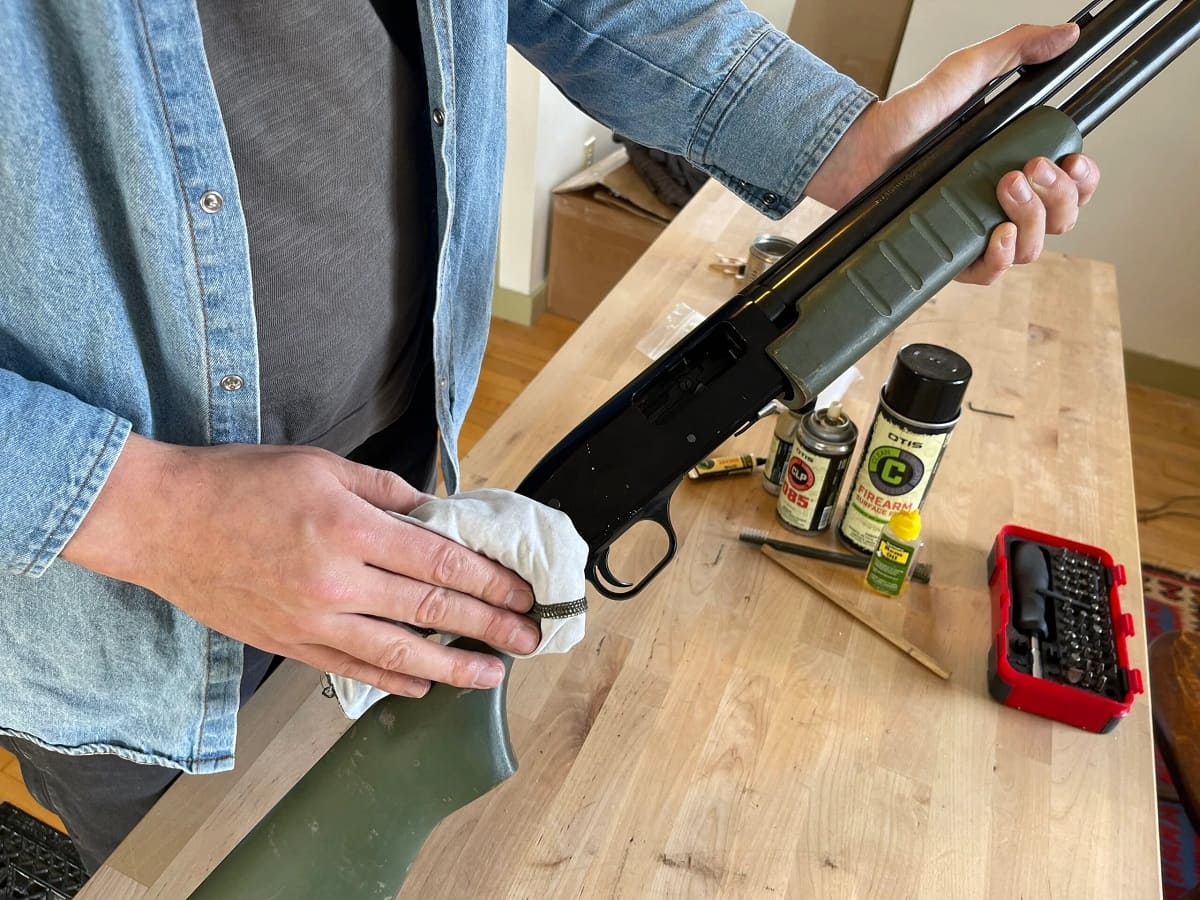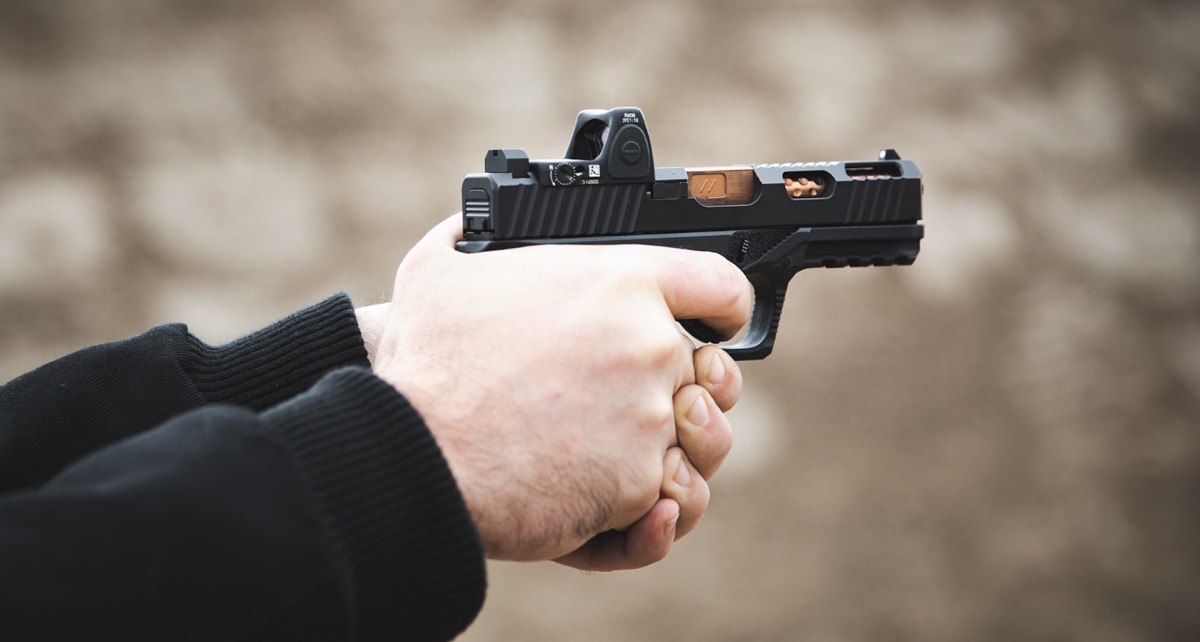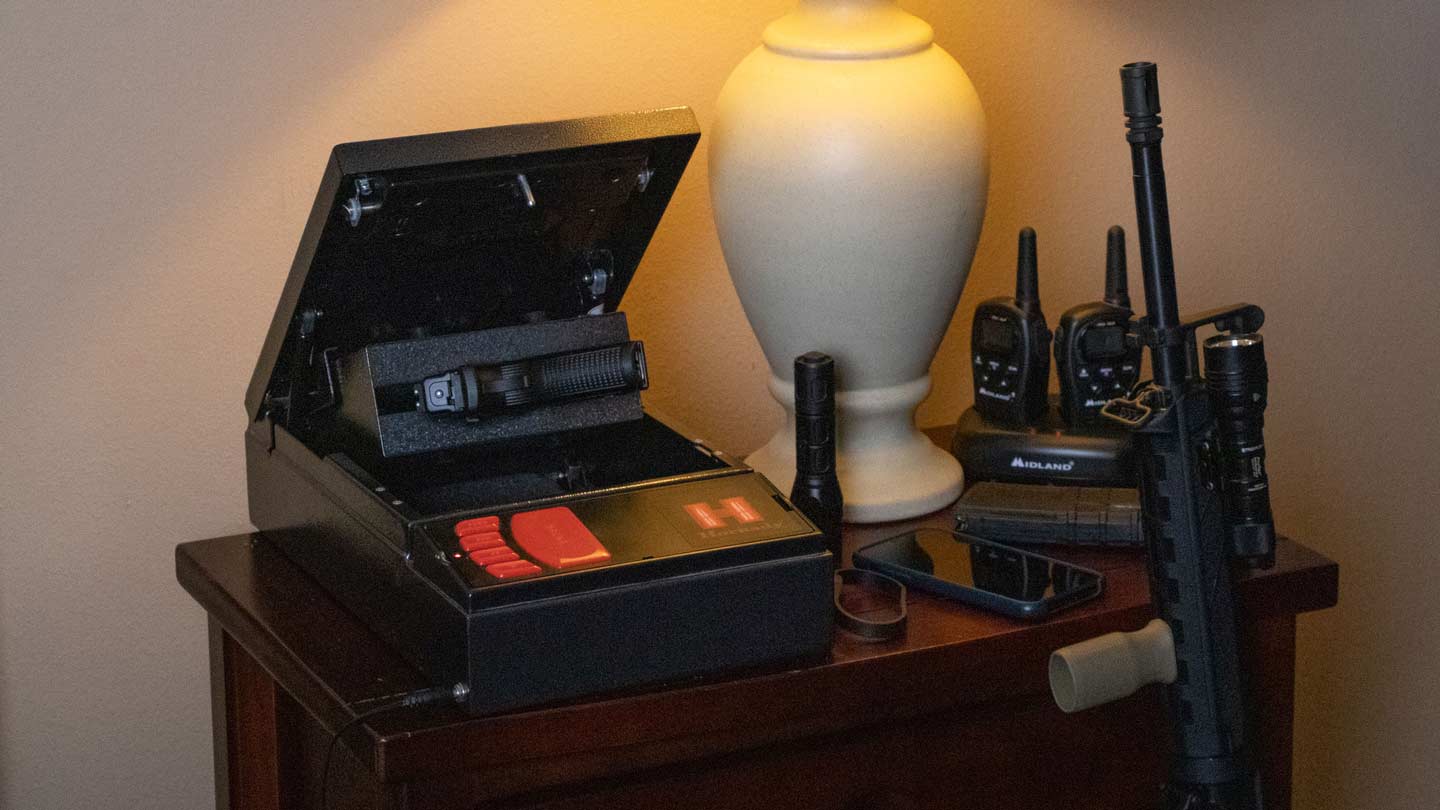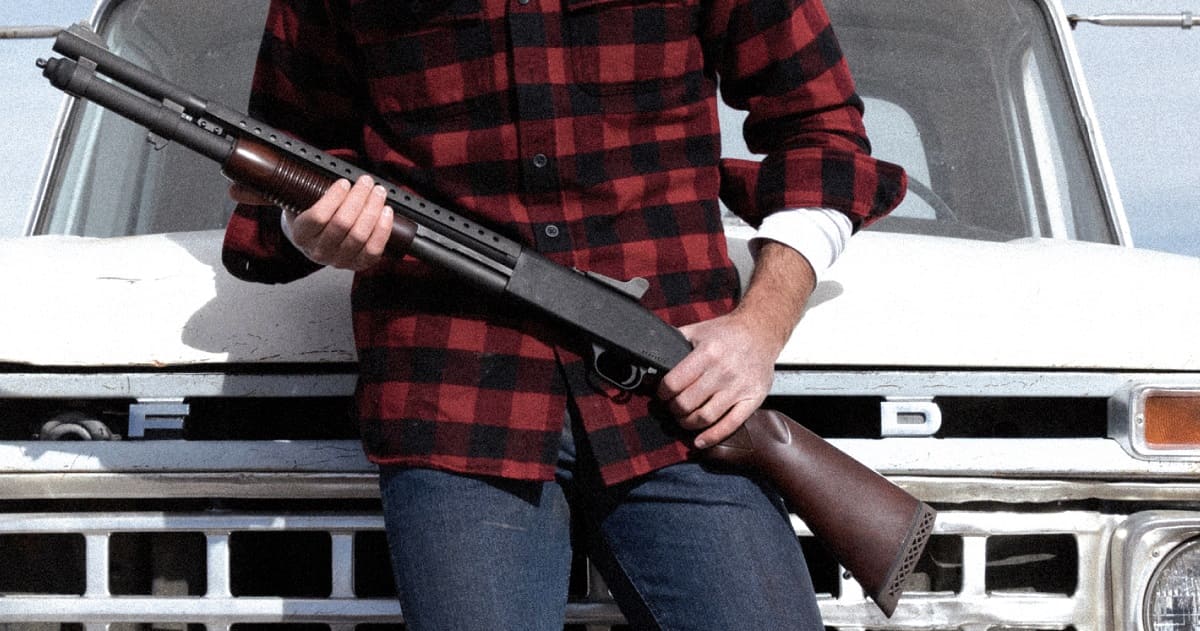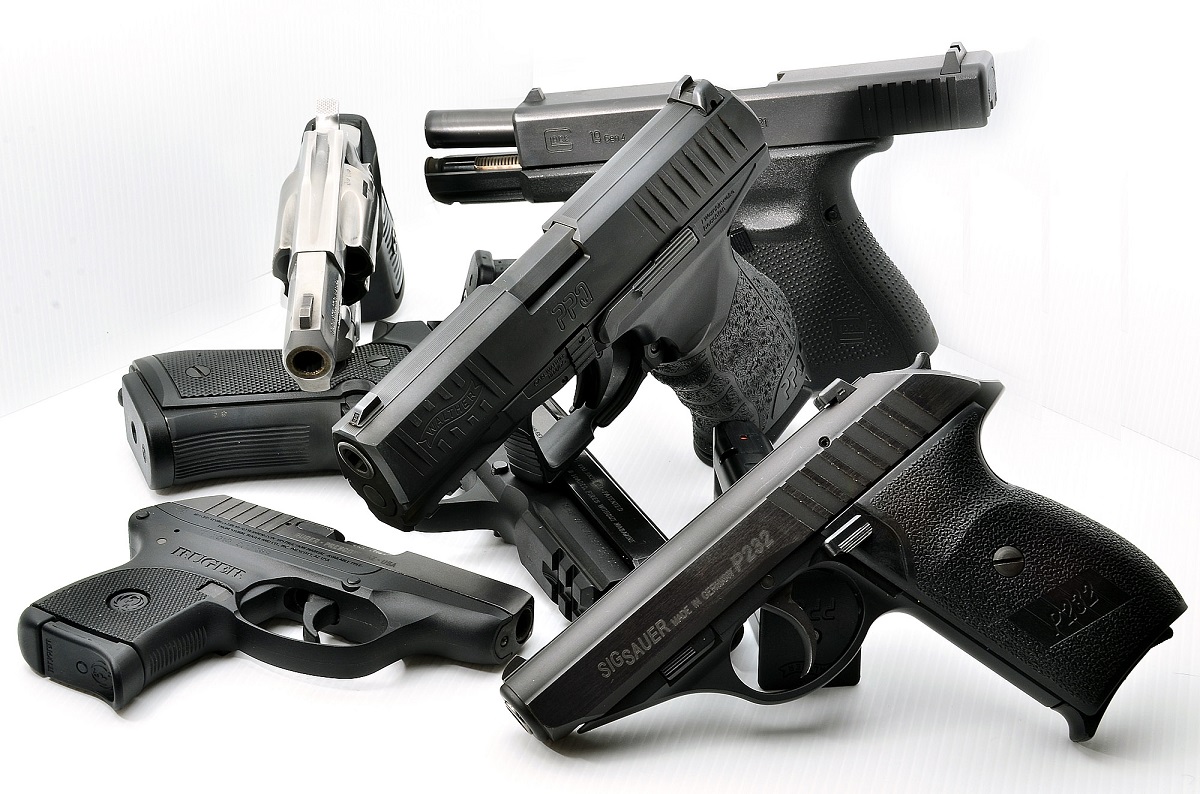Home>Home Security and Surveillance>How Often To Switch Out Ammo For Home Defense
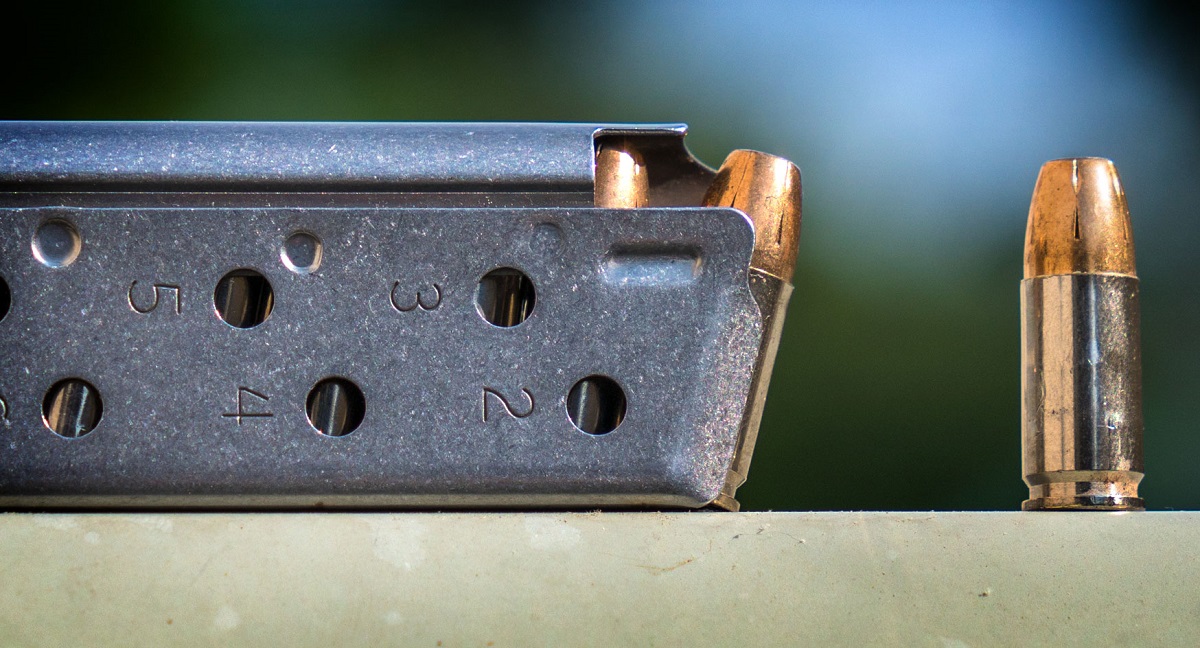

Home Security and Surveillance
How Often To Switch Out Ammo For Home Defense
Modified: March 6, 2024
Discover the importance of regularly switching out your home defense ammo for optimum home security and surveillance.
(Many of the links in this article redirect to a specific reviewed product. Your purchase of these products through affiliate links helps to generate commission for Storables.com, at no extra cost. Learn more)
Introduction
When it comes to protecting your home and loved ones, having a reliable and effective home defense system is crucial. One crucial component of any home defense strategy is the ammunition you choose to use. The type and quality of your ammunition can significantly impact your ability to defend yourself and your property.
In this article, we will explore the factors to consider when deciding how often to switch out your home defense ammunition. We will also discuss the signs that indicate the need for a change, the different types of home defense ammunition available, and tips for properly storing and handling your ammunition. By the end, you will have a better understanding of how to optimize your home security with the right ammunition.
Key Takeaways:
- Regularly switch out home defense ammunition every 6 to 12 months to ensure reliability and effectiveness. Consider factors like shelf life, usage, and environmental conditions for optimal performance.
- Look out for signs of corrosion, damage, or expiration to know when to replace home defense ammunition. Stay informed about new technology and follow manufacturer guidelines for safety and reliability.
Read more: What Is The Best .45 Ammo For Home Defense
Factors to Consider for Switching Home Defense Ammo
Switching out your home defense ammunition at regular intervals is an essential factor in maintaining its reliability and effectiveness. However, determining the frequency of the switch can be challenging. Several factors should be taken into consideration when deciding to change your home defense ammo.
1. Shelf Life: Ammunition has a limited shelf life, and it can deteriorate over time. Factors such as temperature, humidity, and exposure to sunlight can contribute to the degradation of ammunition. It is crucial to check the expiration date or shelf life recommendations provided by the manufacturer.
2. Usage: The frequency of ammo switching can also depend on how often you use it. If you regularly practice at the shooting range or participate in home defense drills, your ammunition might experience more wear and tear, and you may need to switch it out more frequently.
3. Manufacturer Recommendations: Every ammunition manufacturer has their guidelines for switching out ammo. It is essential to review the manufacturer’s recommendations and follow their guidelines to ensure optimal performance and safety.
4. Environmental Factors: Consider the climate and environmental conditions in which your ammunition is stored. High humidity, extreme temperatures, and exposure to moisture can accelerate the deterioration of the ammunition. If you live in an area with severe weather conditions, you may need to switch out your ammo more frequently.
5. Reliability: Regular testing of your ammunition is vital. If you notice any performance issues, such as misfires, failure to eject, or inconsistent accuracy, it may be time to switch out your ammunition. Reliable ammunition is critical when it comes to protecting your home and loved ones.
6. Advances in Technology: The field of ammunition technology is constantly evolving. New advancements can lead to improved performance, penetration, and expansion. Staying informed about new developments and considering upgrading your ammunition can enhance your home defense capabilities.
By taking all these factors into account, you can make an informed decision about when to switch out your home defense ammunition. Remember, it’s better to be safe than sorry when it comes to protecting what matters most.
Frequency of Ammo Switching
The frequency at which you should switch out your home defense ammunition depends on several factors, including the ones mentioned earlier. However, it is generally recommended to replace your ammunition at least every 6 to 12 months.
Regularly rotating your ammunition ensures that you always have fresh and reliable rounds ready for use. Over time, ammunition can develop issues, such as degradation of propellant, corrosion of casings, or weakening of primer compounds. These issues can compromise the performance and reliability of your ammunition, making it less effective or even unsafe to use.
However, it’s important to note that the recommended timeframe of 6 to 12 months is a general guideline and may vary depending on your specific circumstances. Factors such as storage conditions, usage frequency, and manufacturer recommendations should also be considered.
If you live in a region with extreme weather conditions, such as high humidity or significant temperature fluctuations, it is advisable to switch out your ammunition more frequently. These environmental factors can accelerate the degradation process, making your ammunition less reliable.
Additionally, if you use your ammunition frequently for target practice or home defense drills, it may experience more wear and tear. As a result, you may need to replace it more often to ensure optimal performance.
Always refer to the manufacturer’s recommendations for specific guidance on switching out ammunition. Different types of ammunition may have different shelf lives and requirements for replacement. By following the manufacturer’s guidelines, you can ensure that your ammunition remains reliable and effective.
Lastly, regular inspection and testing of your ammunition are essential. Visual inspection of the casings for signs of corrosion or damage is recommended. Additionally, firing a few rounds periodically to check for accuracy and reliability can help detect any potential issues with the ammunition.
Remember, the goal is to have ammunition that you can rely on in critical situations. By adhering to these guidelines and regularly assessing your ammunition, you can maintain a high level of readiness and peace of mind knowing that your home defense ammunition is in top condition.
Signs that Indicate the Need to Switch Home Defense Ammo
Knowing when to switch out your home defense ammunition is crucial for maintaining its reliability. Regular inspection and testing can help you identify signs that indicate the need for a change. Here are some common signs to watch out for:
1. Corrosion: Inspect the casings for any signs of corrosion or rust. Corroded ammunition can be unreliable and pose a safety risk. If you notice any corrosion, it’s time to switch out the affected rounds.
2. Damage: Look for any visible damage to the casings or bullets, such as dents, cracks, or deformities. Damaged ammunition may not function properly and can cause malfunctions or misfires. Replace any rounds that show signs of damage.
3. Fading or Worn-out Markings: The markings on the ammunition, including caliber, manufacturer, and lot number, should be clearly visible. If these markings are faded or difficult to read, it’s a sign that the rounds may be old and nearing the end of their shelf life. Consider switching them out for fresh ammunition.
4. Misfires or Failure to Eject: If you experience misfires or failures to eject while practicing or during a home defense scenario, it could be an indication of unreliable ammunition. These issues can put you at a significant disadvantage when it comes to protecting your home. Switch out the problematic rounds for more reliable ones.
5. Inconsistent Accuracy: If you notice a sudden decline in the accuracy of your shots, it may be due to issues with your ammunition. Inconsistent grouping or shots that consistently fall off-target can be a sign that your ammunition is no longer performing as expected. Consider replacing it to maintain optimal accuracy.
6. Expired Shelf Life: Ammunition typically has a shelf life indicated by the manufacturer. If the expiration date has passed or you have reached the recommended shelf life, it’s time to switch out the rounds. Over time, the propellant can degrade, affecting the performance and reliability of the ammunition.
7. Advances in Technology: As mentioned earlier, ammunition technology is constantly evolving. If there have been significant advancements in home defense ammunition since your last purchase, it may be worth considering an upgrade. Newer ammunition may offer improved performance, better terminal ballistics, and enhanced reliability.
By staying vigilant and regularly inspecting your ammunition for these signs, you can ensure that your home defense rounds are in optimal condition. Remember, having reliable ammunition is crucial for effective home security.
It is recommended to switch out home defense ammo every 6-12 months to ensure reliability and effectiveness. Moisture and temperature changes can affect the performance of the ammunition over time.
Common Types of Home Defense Ammunition
When it comes to choosing the right ammunition for home defense, there are several options available, each with its own unique characteristics and considerations. Here are some common types of home defense ammunition:
- 1. Hollow Point: Hollow point ammunition is specifically designed for self-defense purposes. These bullets have a hollow cavity in the nose, which allows for controlled expansion upon impact. The expansion helps to create larger wound channels and prevents over-penetration, reducing the risk of collateral damage.
- 2. Jacketed Hollow Point (JHP): JHP rounds are similar to hollow points but are jacketed with a layer of harder metal, usually copper. The jacket helps to provide controlled expansion while maintaining structural integrity. JHP rounds are known for their reliable stopping power and are widely used for home defense.
- 3. Frangible: Frangible ammunition is designed to disintegrate upon impact with a hard target, such as walls or barriers. These bullets are made from compressed powdered metals or other brittle materials. The goal is to reduce the risk of over-penetration and minimize the chance of injuring unintended targets.
- 4. Ballistic Tip: Ballistic tip ammunition features a plastic or polymer tip on the bullet. This tip enhances the aerodynamics of the round while also initiating rapid expansion upon impact. Ballistic tip rounds are known for their accuracy and reliable terminal performance.
- 5. Shotshells: Shotshells, also known as shotgun shells, are popular for home defense due to their wide spread and stopping power. These shells contain multiple small pellets, making them highly effective at close ranges. Shotshells come in different sizes, with smaller buckshot or larger birdshot being common choices for home defense.
- 6. Reduced Lethality Ammunition: Reduced lethality ammunition, such as rubber bullets or bean bag rounds, is designed to minimize the risk of fatal injuries. These rounds are typically used in situations where the goal is to incapacitate an intruder without causing permanent harm. However, it’s important to note that even reduced lethality ammunition can still cause significant injury, so caution must be exercised.
When selecting the right ammunition for your home defense needs, it’s essential to consider factors such as your home’s layout, potential risks of over-penetration, and legal restrictions in your area. Additionally, ensure that you choose ammunition that functions reliably in your firearm and that you are comfortable and proficient in using.
Remember that the effectiveness of any ammunition depends on shot placement, situational awareness, and proper training. Regular practice with your chosen ammunition will help you become familiar with its characteristics and ensure that you can effectively defend your home when needed.
Read more: What Is The Best .223 Ammo For Home Defense
Proper Storage and Handling of Home Defense Ammunition
Proper storage and handling of home defense ammunition are crucial for maintaining its effectiveness, reliability, and safety. Here are some essential guidelines to follow:
- 1. Store in a Cool, Dry Place: Ammunition should be stored in a cool, dry environment to prevent moisture buildup, which can lead to corrosion and degradation. Avoid storing ammunition in areas prone to extreme temperatures, such as attics or garages.
- 2. Use Secure and Fire-Resistant Containers: Store your ammunition in secure containers that are resistant to fire. Lockable gun safes or metal cabinets provide adequate protection from unauthorized access and help prevent accidental discharge.
- 3. Avoid Exposure to Sunlight: Prolonged exposure to direct sunlight can cause ammunition to deteriorate more rapidly. Store your ammunition in a location that is shielded from sunlight, such as inside a closed cabinet or safe.
- 4. Separate from Firearms: It’s crucial to store ammunition separately from firearms. In the event of a fire or unauthorized access, having ammunition and firearms stored separately reduces the risk of accidental discharge and potential harm.
- 5. Keep Away from Children: Ensure that ammunition is stored in a location that is inaccessible to children. Use childproof locks or additional safety measures to prevent accidental access.
- 6. Inspect Regularly: Periodically inspect your ammunition for signs of corrosion, damage, or aging. Discard any rounds that show visible defects or have reached their expiration date.
- 7. Avoid Mixing Different Types: Mixing different types or brands of ammunition can lead to malfunctions or inconsistent performance. Use ammunition from reputable manufacturers and avoid mixing rounds unless specifically designed for that purpose.
- 8. Handle with Care: When handling ammunition, be mindful of impact or rough treatment that could damage the rounds. Dropping ammunition or subjecting it to unnecessary force can affect its reliability and safety.
- 9. Follow Manufacturer Recommendations: Always adhere to the storage and handling recommendations provided by the ammunition manufacturer. Different types of ammunition may have specific requirements that should be followed to maintain their performance and safety.
- 10. Dispose of Old or Damaged Ammunition Properly: If you come across old, damaged, or expired ammunition, it’s important to dispose of it properly. Contact your local law enforcement agency or consult local regulations for guidance on how to safely discard ammunition.
By following these guidelines, you can ensure that your home defense ammunition remains reliable, effective, and safe to use. Proper storage and handling practices are essential for maintaining the integrity of your ammunition, ensuring that it performs as intended when you need it the most.
Conclusion
Choosing the right ammunition and properly maintaining it is vital for an effective home defense strategy. By considering factors such as shelf life, usage frequency, manufacturer recommendations, environmental conditions, reliability, and advancements in technology, you can determine how often to switch out your home defense ammunition.
Regular inspection and testing of your ammunition will help you identify any signs of corrosion, damage, or degradation that may indicate the need for replacement. Following the manufacturer’s guidelines and staying informed about new developments in ammunition technology can further enhance your home security capabilities.
Understanding the common types of home defense ammunition, such as hollow point, jacketed hollow point, frangible, ballistic tip, shotshells, and reduced lethality rounds, allows you to select the best option for your specific needs and concerns.
Proper storage and handling of your ammunition is equally important. Storing your ammunition in a cool, dry place, using secure and fire-resistant containers, and keeping it separate from firearms and out of reach of children are essential safety precautions. Regularly inspecting the ammunition for any signs of damage or aging and disposing of old or damaged rounds responsibly are also crucial steps in maintaining a reliable home defense system.
Remember, your home defense ammunition is an investment in the safety and well-being of your loved ones and property. By staying informed, taking proper care, and regularly assessing its condition, you can ensure that your ammunition remains effective, reliable, and ready for use in critical situations.
Ultimately, by implementing these practices, you can optimize your home security, providing you with the peace of mind and confidence to protect what matters most.
Frequently Asked Questions about How Often To Switch Out Ammo For Home Defense
Was this page helpful?
At Storables.com, we guarantee accurate and reliable information. Our content, validated by Expert Board Contributors, is crafted following stringent Editorial Policies. We're committed to providing you with well-researched, expert-backed insights for all your informational needs.
